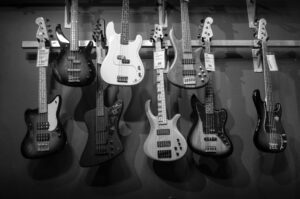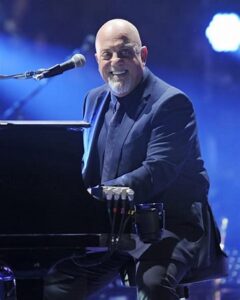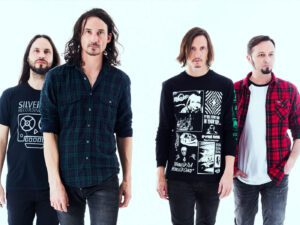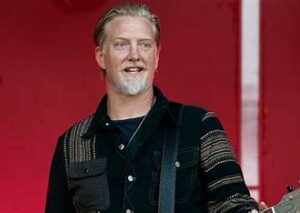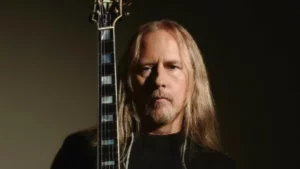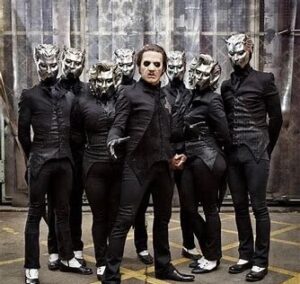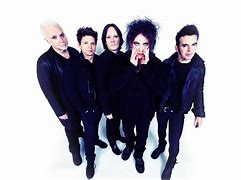
Was Robert Smith ever happy? At age fourteen, The Cure frontman, stated his ambition was to “sit on a mountain and die.” Don’t set the bar too high there, Robert. Just a scant seven years later (after failing to locate a suitable mountain) he was quoted saying he “didn’t see that there was much point in continuing with life.”
Surprisingly, Smith not only survived the ‘70s, ‘80s, ‘90s and even the millennium, he took The Cure right along with him as the group’s only constant. Not surprisingly, Smith’s dour attitude marked the group’s synth/keyboard-based Goth sound.
The Cure’s debut, “Imaginary Boys,” issued in ’79, led to touring the U.K. and the Netherlands, often with Siouxsie & The Banshees. Smith performed with The Cure and played guitar for the Banshees when John McKay quit just one stop into the tour. The Cure’s second single, “Boys Don’t Cry” became a minor hit in the U.S.
The group’s fortunes improved, if only minimally, with the ’80 release “Seventeen Seconds” and their ’81 effort “Faith.” It was during this period that Smith jelled his hair and applied make-up (eye-liner, shadow and lipstick), a look seemingly lifted from Siouxsie. This “theatrical” appearance became one of the group’s more indelible images.
A couple years later, rumors abounded that Smith was on the verge of suicide. Then bassist Simon Gallup quit. This looked like the end for The Cure.
If it had been, they would have been remembered, if at all, as a fairly inconsequential early-80’s Wave group.
But rather than splinter, The Cure did something fairly remarkable. They tossed off their morbid and gloomy persona and released a succession of cheery (for them) songs: “Let’s Go To Bed,” “The Walk” and “The Lovecats.” Each track did better than the last on the U.K. chart.
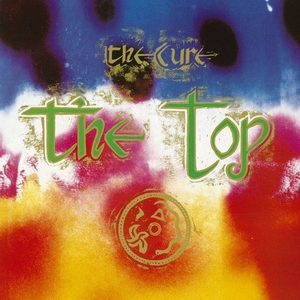
Two years passed before “The Top,” with Smith playing almost all the instruments, was released. The album was the first to crack the U.K. Top 10 and was also the first Cure album to make the U.S. Billboard chart, albeit barely.
In ’85, “The Head On The Door,” featuring “In Between Days” and “Close To Me” did even better. A year later, the compilation “Staring At The Sea” arrived. The group found itself very popular on the continent.
“Just Like Heaven,” the third single from their ’87 double album “Kiss Me Kiss Me Kiss Me,” became their biggest pop hit to date earning extensive MTV play. The Cure was on a roll.
’89 saw the return of The Cure’s earlier gloom and doom on “Disintegration.” Still, the album generated three U.K. hits (“Lullaby”, “Lovesong” and “Pictures Of You”).
In the States the album peaked at #12 and the single “Fascination Street” hit #1 on the Modern Rock chart. The real story was the single “Lovesong” which landed at #2 on the pop chart – the only Cure single to ever crack the Top 10. Smith was now the only original member left.
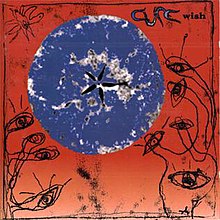
Never mind, ’92 release “Wish” became The Cure’s highest-charting album of all time, reaching #1 in the U.K. and #2 in the U.S., with the worldwide hits “Friday I’m In Love” and “High.” Smith kept The Cure recording and touring with whatever musicians were available, handy or willing.
.In an amusing twist Smith appeared as himself on cable TV’s animated South Park (Episode #112). Smith stops Barbra Streisand (yes, Babs) from destroying the world. At the end of the episode, Kyle says “’Disintegration’ was the best album ever!” That should have made Smith happy.
###

